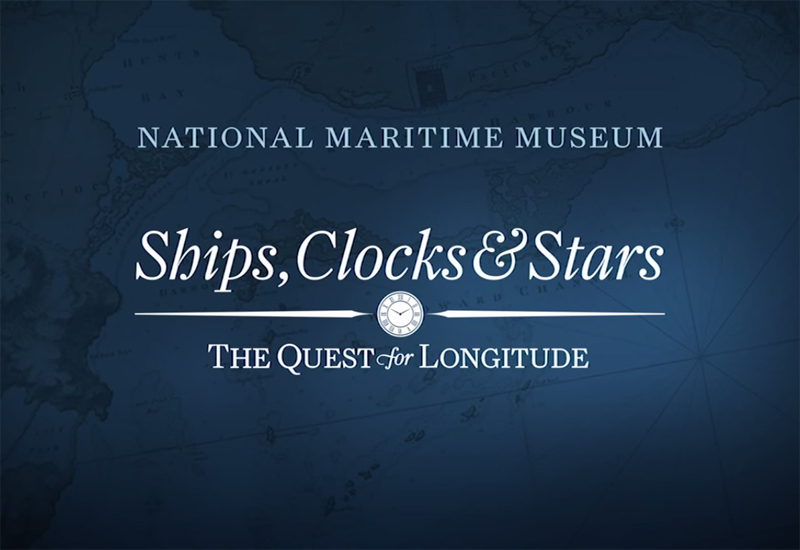The National Maritime Museum’s Ships, Clocks and Stars: the Quest for Longitude exhibition closed last week having seen 223,897 visitors pass through its doors during a six month run.
The London exhibition, sponsored by United Technologies, focused on the 18th Century problem of determining Longitude at sea and many of the potential solutions that were muted at the time, including John Harrison’s timekeeping solution.
Harrison eventually went on to win the £20,000 Longitude Prize having developed a series of four marine chronometers of unparalleled accuracy that allowed ships to monitor a near-constant home time while under sail anywhere around the globe and thus, for the first time, determine their position accurately.
Harrison’s three marine clocks (H1-H3) and two marine chronometer watches (H4-H5) were on display side-by-side, wound and functioning, at the exhibition for the first time.
The exhibition also featured a number of relevant and important timepieces that played their own part in the Longitude story, including some from private collections such as that of inventor and Chronophage clockmaker Dr John C. Taylor.
The exhibition launched in July 2014 and tickets offered visitors entry to both Ships, Clocks and Stars: the Quest for Longitude and conceptual steampunk attraction Longitude Punk’d at the Royal Observatory.
As well as charting the timeline of one of the most important prizes in science, Ships, Clocks and Stars: the Quest for Longitude went on to win a prize of its own, taking the 2014 Great Exhibitions prize from the British Society for the History of Science Outreach and Education Committee.

